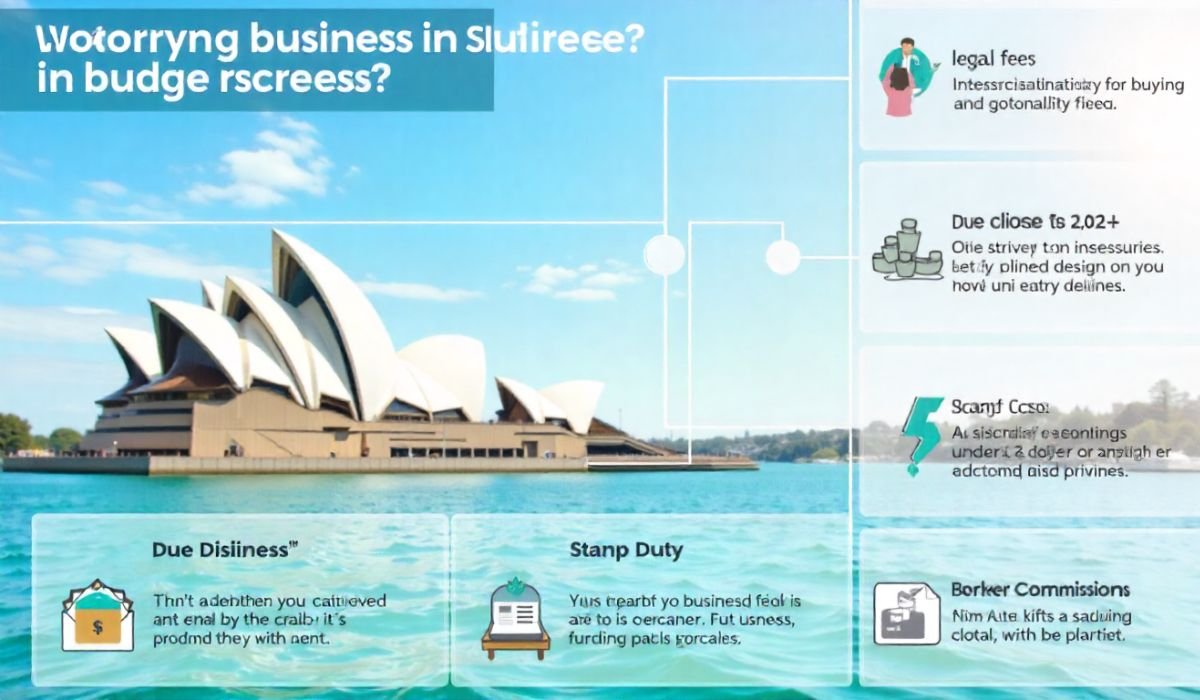Shipping a car is often the simplest way to move a long distance after an out-of-state job offer, an online purchase, or a seasonal getaway. Yet the initial quote from a car transport companies usually glosses over a handful of extras that can inflate the final bill and leave owners frustrated when the truck pulls up.
To keep your budget intact and your nerves steady, you need to know which costs lurk in the fine print-and what you can do today to dodge them. In this post, we will outline the most common surprises, offer practical ways to trim or eliminate each charge, and explain why clear, upfront questions at the booking stage pay for themselves later.
Non-Running Vehicle Fees
A car that won’t start or steer requires very different equipment and a very different fee structure than a vehicle that drives onto the transport truck under its own power. Non-running cars usually need winching, specialized ramps, or a flatbed tow, and not every carrier is set up to do it on the spot. Because of that added labor, the companies that do handle the job typically add a surcharge that can range from a few hundred to over a thousand dollars.
How to avoid it:
Be upfront and detailed when you ask for quotes, and say exactly how your vehicle is performing. Does it start, steer, or brake? If the car cannot move under its own power, reach out to shipping firms that handle inoperable vehicles, so the price you get really matches the job.
Residential Pickup or Delivery Surcharges
Door-to-door delivery sounds great, yet it often costs more if the truck can’t roll right up to your curb. A pickup in a narrow inner-city street, a gated community with a min-gate, or a rural lane that ends in gravel may trigger a surcharge or leave you to meet the driver a few blocks away.
How to avoid it:
Ask the carrier now whether a full-size truck can reach your address. If the answer is no, plan to gather near a wide lot shopping center, a truck stop, or a school parking area-so you dodge the extra fee.
Seasonal Pricing
Transport rates dance with supply and demand. In peak player months-summer, spring-to-fall snowbird season, and even major holidays-seekers flood the market, forcing prices up. The same rush pushes last-minute orders even higher, making early booking a guardian against surprise surges.
How to avoid it:
Book early whenever you can. If you are making a moving checklist, aim to reserve transport 2 to 3 weeks ahead of time. Try to schedule shipments during quieter periods, and steer clear of major holidays when driver availability drops.
Fuel Surcharges
Fuel prices change almost daily, and car-shipping companies sometimes pass those increases on through fuel surcharges, especially over long routes. These extra charges may not appear in your initial quote.
How to avoid it:
Simply ask whether the quote is all-inclusive and whether it covers fuel surcharges. A good company will either roll this cost into the upfront price or tell you about it before you book.
Delays and Storage Fees
If you are not ready to receive the vehicle when the carrier arrives, you may face storage fees or a new delivery charge. The same holds true if the pickup party, such as a seller or dealership, is unavailable; the driver may bill you for waiting or for having to reschedule.
How to avoid it:
Stay flexible and keep lines open with your carrier. Confirm that pickup and drop-off slots are still clear a day or two in advance. If your own schedule shifts, let the transport company know right away to prevent second trips or costly holding fees.
Enclosed Auto Transport Upcharges
Enclosed transport is often recommended for vintage, exotic, or luxury cars because it shields them from road grime and bad weather. While the added layer of protection feels reassuring, be prepared to pay up to 30 to 60 percent more than for an open trailer. That jump in the quote usually only shows up once you specifically ask for enclosed service.
How to avoid it:
Decide early if your car really needs the inside-only route. With a six-figure classic that will hit the show circuit, the extra money is often well spent for peace of mind. But for a later-model sedan in good shape, open transport usually handles highway debris just fine.
Insurance Gaps
Most carriers come with basic cargo insurance, yet that coverage often falls short of your car’s true value, especially for classics or luxury models. Damage from weather, road debris, or so-called acts of God is also excluded under many bare-bones policies.
How to avoid it:
Request a copy of your carrier’s insurance policy, read the fine print, and see what damage, theft, or loss is actually covered. If key protections are missing or the coverage limit is low, consider buying extra insurance on your own. Also, take clear, dated photos of the car from multiple angles before the truck arrives and again once it arrives, so you have solid evidence of its condition.
Expedited Shipping Charges
Should you suddenly decide you need the vehicle picked up or dropped off within 24 to 48 hours, most carriers will move it for you, but you will pay for the privilege. This rush service can cost hundreds of dollars on top of the standard fee, because drivers rearrange their schedule and operate overtime.
How to avoid it:
Work shipping into your moving schedule as soon as you know the dates, and book the service two or three weeks out so you can lock in the regular rate. If true urgency comes up, ask the dispatcher for an exact price beforehand and get a written guarantee of the revised arrival window.
Oversized or Modified Vehicle Fees
Trucks jacked up six inches, sports coupes with a spoiler, or classic rides carrying a roof box often sit taller or wider than a treaty-approved sedan. Since these vehicles won’t slide onto a standard tow deck, the company must secure a larger trailer or a heavy-haul team, both of which command steeper rates.
How to avoid it:
Before you call for quotes, measure the overall height, width, length, curb weight, and any aftermarket parts like knobby tires or custom beds. Sharing those specs upfront lets the broker order the right rig, give you a realistic price, and keep surprise charges from popping up when the driver steps off the ramp.
Flawed or Underestimated Quotes
A handful of shippers lure you in with the lowest number on the page, then bolt on extras that push costs far higher. Typical add-ons are booking fees, route-change charges, or the mysterious “broker fee” nobody mentioned up front.
How to avoid it:
Insist on a written, all-inclusive estimate and demand an honest breakdown of each line item. Walk away from any firm that can’t explain its pricing logic in plain language. Trustworthy companies usually have solid reviews and clear ratings from groups such as the BBB or FMCSA.
Final Thoughts
Knowing where hidden costs hide lets you avoid budget headaches down the road. From fuel surcharges and extra insurance to door-to-door delivery and peak-season adjustments, the bill can swell fast if you look away.
To move your car without overpaying, follow this straightforward plan:
- Stack side-by-side quotes from well-rated shipping firms
- Work from a detailed moving checklist so nothing slips through
- Ask about every possible charge before you seal the deal
- Ready your vehicle properly to sidestep delays or damage costs
By taking these steps, you cut the risk of sudden fees and keep the move smooth and budget-friendly.
YOU MAY ALSO LIKE: Unlocking Efficiency: Your Guide to ProcurementNation.com Shipping











